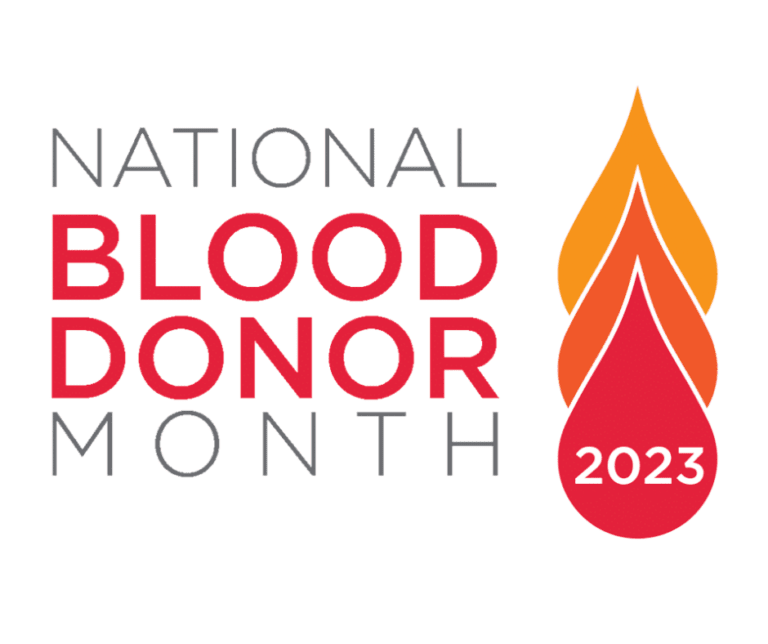January is National Blood Donor Month, and no, it is not a genius marketing ploy by vampires — President Nixon created it in 1969. Donations are essential, and an estimated 6.8 million people in the U.S. give every year. The vital fluid is used to help patients replace it from injuries or surgeries, improve blood clotting, and treat cancer and organ transplants.
Donating blood is altruistic in the truest sense — giving a part of yourself to help others in need. In 2022, the American Red Cross declared a crisis as donations decreased compared to previous years, especially for Type O, so contributing is more crucial than ever. If you’re not sure how to get involved, here’s a quick guide to get started.
The Basics of Blood Donation
If you’re giving blood for the first time, donation centers want individuals in generally good health, at least 17 years old, and weighing at least 110 pounds. When showing up, bring a primary form of photo ID or two secondary forms of identification.
Once you arrive, you’ll be asked to register and answer a few questions (either online or in-person) about your medical history.
If you meet all the requirements, you’ll be able to give blood. The procedure takes approximately 10 minutes, and you get a refreshment afterward to replenish yourself.
If you’re unsure where to find a nearby clinic, you can use the American Red Cross blood drive finder to see the closest ones to your location. Another option is to download their app, which lets users find drives, schedule appointments, and track how often they can contribute.
Facts and Statistics
It’s easy to think, “somebody else will donate, so why should I?” However, it’s worth the time and effort if you’re eligible, as you could save someone’s life! Here are some relevant statistics about why it’s so important:
- A single contribution can save up to three lives, and over 38,000 donations are needed daily in America.
- Approximately 3% of the U.S. population eligible to donate actually gives blood each year.
- Type O negative is the universal donor, meaning all individuals can receive it, but only 7% of the U.S. population have it.
Other Ways to Help
If you’re not eligible to donate, encourage others who are to go out and give. You can also host a local drive. There are always ways to get involved and help others.
Whether you’re giving blood from the goodness of your heart, the chance to brag about it to your coworkers, get a few hours off work or school, or just to get the free snack at the end, a donation is a donation — that’s what’s important!





